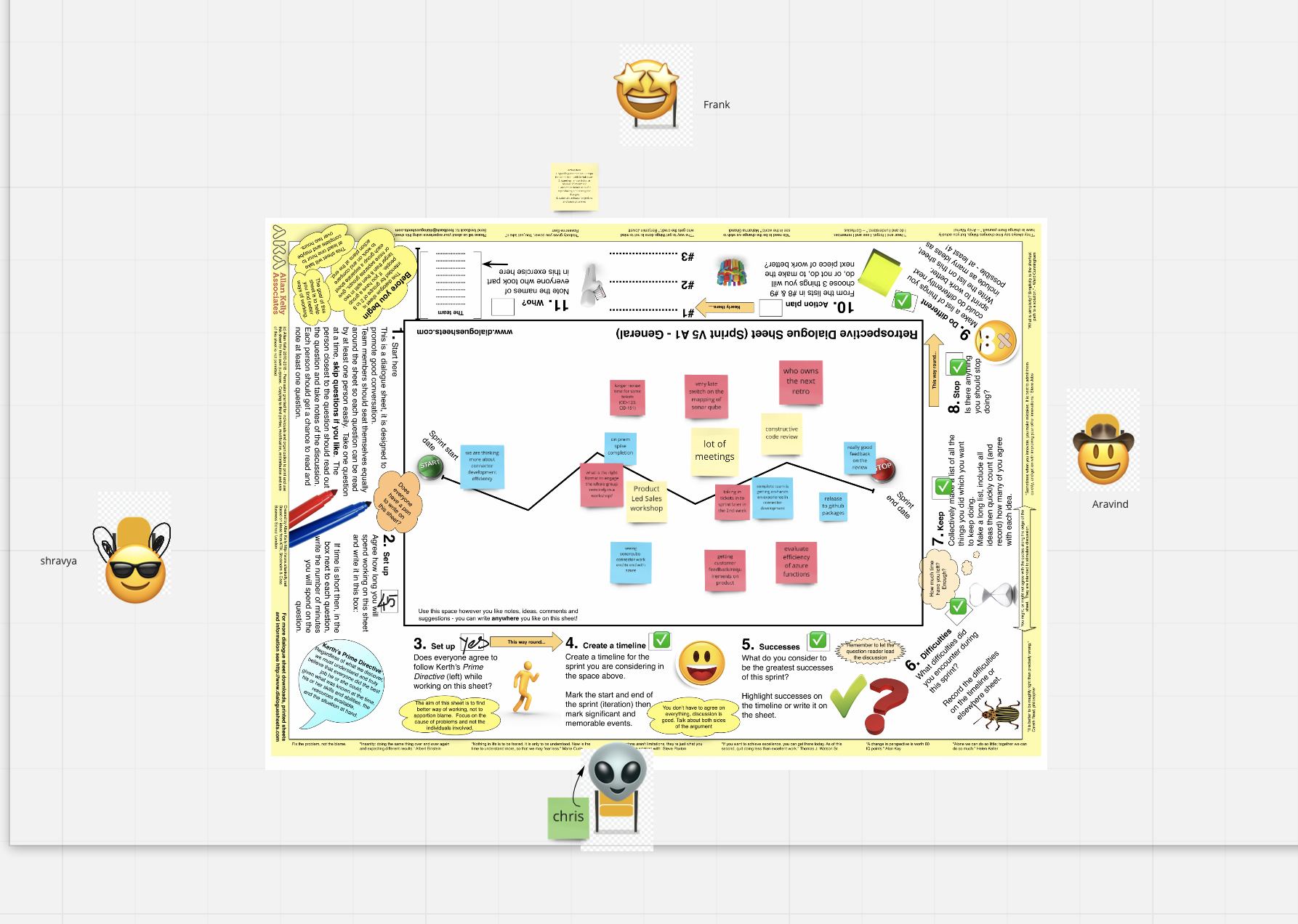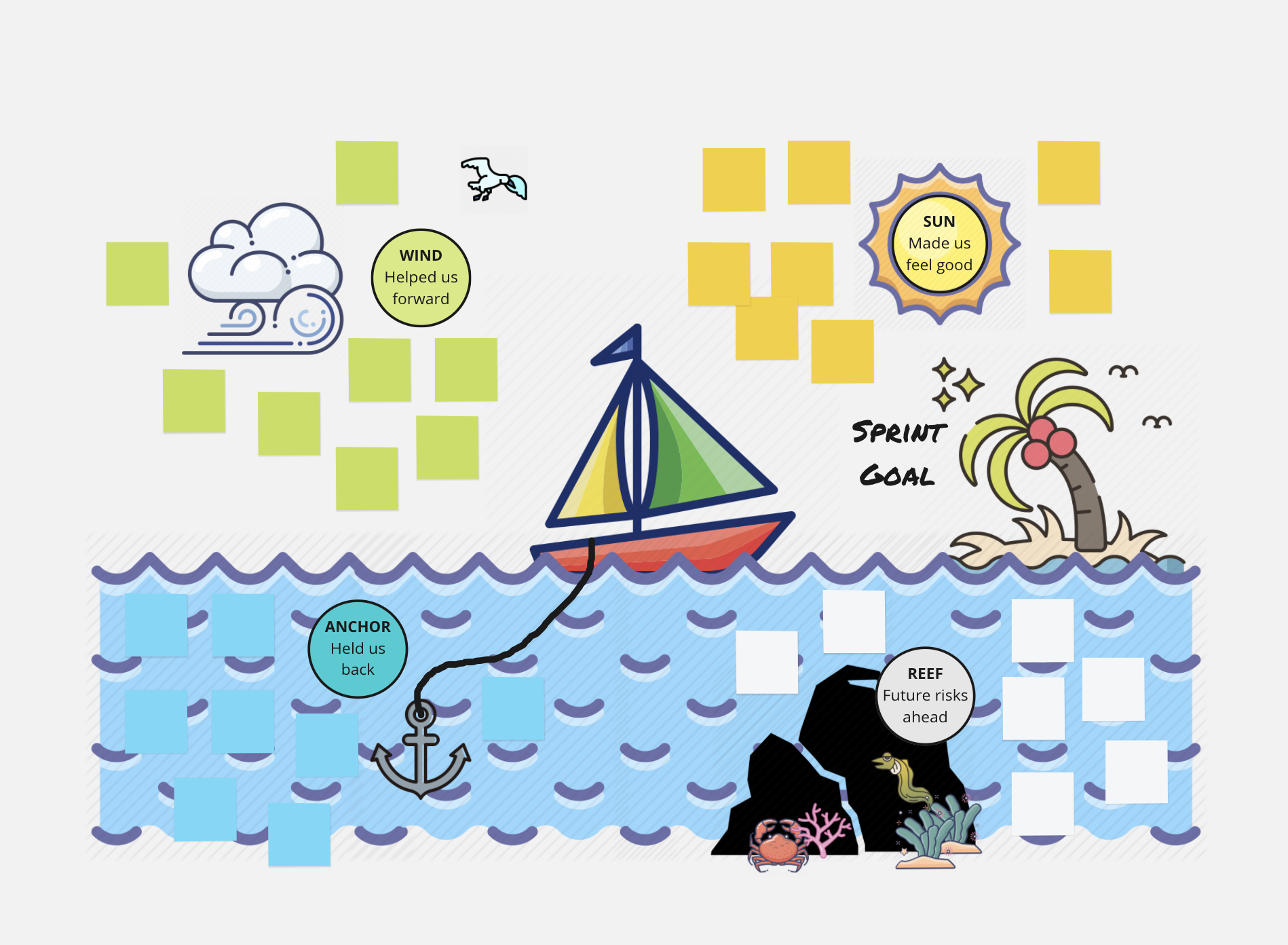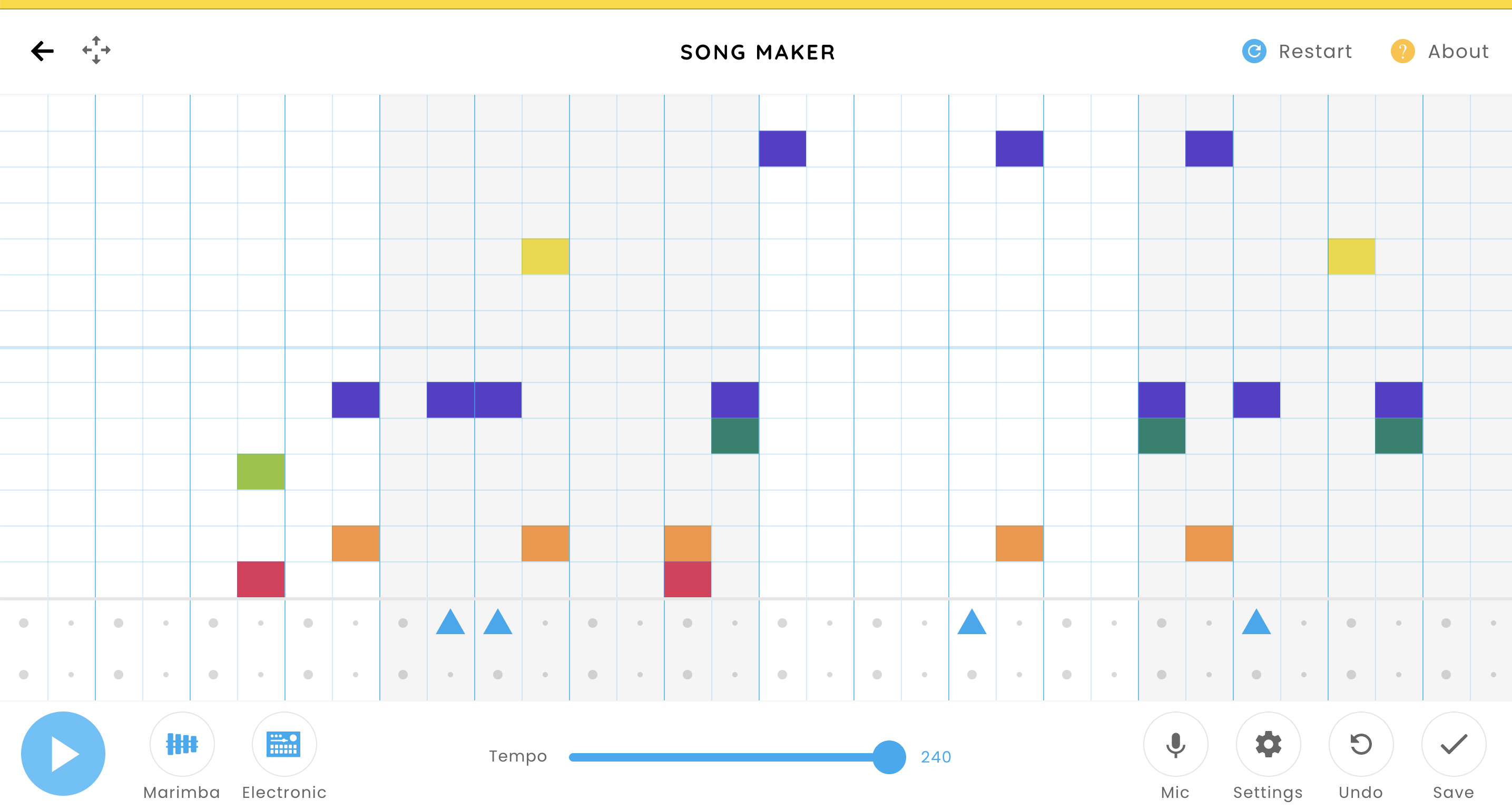Our sprint retrospectives are fun!
Find out how we made sprint retrospectives interesting by involving everyone in the team and overcame work-from-home blues
Introduction
There are a lot of product teams at LeanIX. Each team works differently. Though we all follow the Agile/ Sprint process, there is always a twist to fit the team! We are Team "Cider". We work on VSM Discovery using connectors.
We bootstrapped our team relatively recently and are a small team. We (are rapidly growing but), at the time of writing this blog, our team composition is two developers and an engineering manager from India, one external developer contractor, and a Product owner/ manager from Germany.
What is a Sprint Retro?
Scrum is a framework within which a team can address complex adaptive problems, while productively and creatively delivering products of the highest possible value. The core of the scrum is the Scrum Events. The Scrum Events are:
Why a Sprint Retro?
We did not follow "all" the sprint ceremonies in the textbook from the beginning. We only have those recurring meetings which are beneficial to the overall development process. We did not include sprint retro in the initial few sprints. But soon we realized that we needed a sprint retro to discuss topics such as
- Developer expectations from product manager like requirements' presentation, tasks breakup, etc
- Product manager expectations from developers like the definition of "done", increase velocity, etc
How we conduct a Sprint Retro?
A team member (including developers, engineering manager, product manager) volunteers or gets nominated to moderate the sprint retro. There is absolute freedom to come up with any concept for retro. But the end goal is to keep the soul of retro intact. We aim to always come up with at least three actionable items to improve the overall development or delivery process. Each team member adds their flavor to present a retro which naturally makes things more exciting. We also adopted tools like miro to increase collaboration and engagement.
Among all the conducted sprint retros the following ones worked well!
Dialogue Sheets
Dialogue Sheets works really well with miro. Traditionally, people are supposed to take a huge printout of the sheet and follow through with the questions, like a board game. It can be easily simulated on a miro board. It worked well for our small team size. The questions are in a structured way and encourages team to think deep.

Sailboat
Sailboat is also a fun retro concept. It is available as a template in miro. Though it is much simpler than Dialog sheets it also works well for a big team.

4L's with a twist
4L's is a classical retro concept. 4 L's represent - Liked, Learned, Lacked, Longed-For. But we gave a twist by using song maker! The idea was to capture 4 L's for each day of the sprint and transfer the event on to song maker to create music!

Kanban board + Game
RetroTool.io is a simple retro concept. This one is more liberal and works well if you want to keep things simple sometimes. It is a quicker exercise so, it could be interesting for the team to end the sprint with a game like GarticPhone.
Conclusion
The goal is not to come up with all the problems in the world in a single day but do this exercise consistently in a focused way and discuss only those items which are itching the team. Conducting such a sprint retro might look exhausting and time-wasting, but it had the opposite effect on us. Having such a fun yet productive ritual helped us as a team to get friendlier and also improve the product development process. I also realized that fun can be generated even in recurring meetings like sprint retrospectives by involving and empowering every team member.
Published by Aravind Metku
Visit author page
